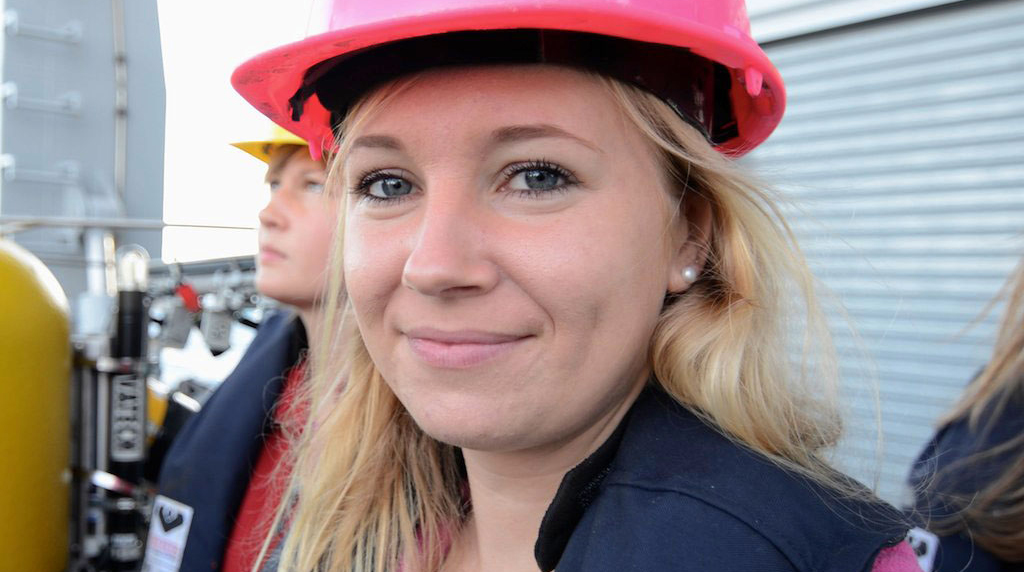August 03, 2015
Dr. Sara Kleindienst, a former post-doc with ECOGIG-1, just published new research in the Multidisciplinary Journal of Microbial Ecology. The ISME Journal bridges the gap between microbial ecology and other science areas, and is published by the Nature group. Dr. Kleindienst's article, Diverse, rare microbial taxa responded to the Deepwater Horizon deep-sea hydrocarbon plume was co-authored by several other ECOGIG researchers, including Dr. Annalisa Bracco (Georgia Institute of Technology), Dr. Melitza Crespo-Medina (former ECOGIG post-doc, University of Georgia) and Dr. Samantha Joye (University of Georgia). Below is a short summary of the paper's abstract - the full abstract and article are available here.
The Deepwater Horizon (DWH) oil well blowout generated an enormous plume of dispersed hydrocarbons that substantially altered the Gulf of Mexico’s deep-sea microbial community. A significant enrichment of distinct microbial populations was observed, yet, little is known about the abundance and richness of specific microbial ecotypes involved in gas, oil and dispersant biodegradation in the wake of oil spills. This recent paper documents a previously unrecognized diversity of closely related taxa affiliating with Cycloclasticus, Colwellia and Oceanospirillaceae and describe their spatio-temporal distribution in the Gulf’s deepwater, in close proximity to the discharge site and at increasing distance from it, before, during and after the discharge. Their research suggests that major hydrocarbon degraders, adapted to the slow-diffusive natural hydrocarbon seepage in the Gulf of Mexico, were unable to cope with the conditions encountered during the DWH spill or were outcompeted. In contrast, diverse, rare taxa increased rapidly in abundance, underscoring the importance of specialized sub-populations and potential ecotypes during massive deep-sea oil discharges and perhaps other large-scale perturbations.


















 back to top
back to top